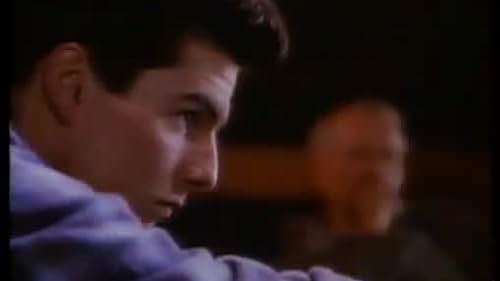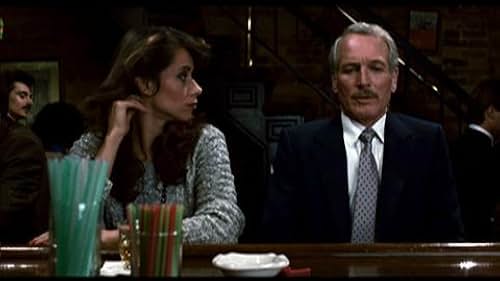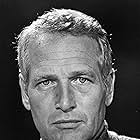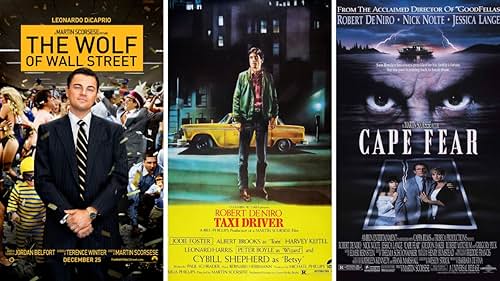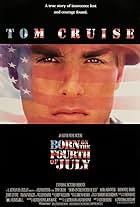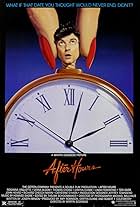Eddie Felson enseigne ses techniques de billard à un protégé arrogant mais extrêmement talentueux, ce qui lui donne envie de faire un retour improbable.Eddie Felson enseigne ses techniques de billard à un protégé arrogant mais extrêmement talentueux, ce qui lui donne envie de faire un retour improbable.Eddie Felson enseigne ses techniques de billard à un protégé arrogant mais extrêmement talentueux, ce qui lui donne envie de faire un retour improbable.
- A remporté 1 oscar
- 3 victoires et 10 nominations au total
What Scorsese Film Ranks Highest on IMDb?
What Scorsese Film Ranks Highest on IMDb?
Cinema legend Martin Scorsese has directed some of the most acclaimed films of all time. See how IMDb users rank all of his feature films as director.
Histoire
Le saviez-vous
- AnecdotesTom Cruise did his own trick shots for the film, except for one in which he had to jump two balls to sink another. Martin Scorsese said he could have let Cruise learn the shot, but it would have taken two extra days of practice, holding up production and costing thousands of dollars. The shot was instead performed by professional players Andrew Ghiatsidis & Michael Sigel.
- GaffesIt has been purported that the jump shots depicted in the film are illegal moves. Jump shots are legal in nine-ball.
- Citations
Eddie Felson: Money won is twice as sweet as money earned.
- Générique farfeluDog Walkby Zoë
Commentaire en vedette
The Color of Money (1986)
The reputation of this films rides partly on its director, a mainstream Martin Scorsese, and on the previous film it bounces off of (and makes vague reference to), The Hustler. Key to both films is the astonishing Paul Newman, who holds his end of the stick and then some. The rest of the cast is purely in canned and competent support roles, or in semi-star roles by two young actors with some screen presence but no great subtle skill to match Newman's.
I'm speaking not only of Mary Elizabeth Mastrontonio, who is forced to play the slightly tough, slightly sexy, generally submissive girlfriend, but also of Tom Cruise, who is brilliant at being "flakey" partly because he is in real life, from all accounts. You give Scorsese credit here for using the young actor in a role that matches his natural persona, in contrast to others, including Spielberg, who seem to make more of the actor than there is, and a certain falseness gets in the way. But this film uses the awkwardness and naive, boyish qualities of Cruise as a sudden pool shark really well.
What holds it all back? I think basically plot. I mean, it's fun to see the big hustle at play, and to get stung once or twice when things aren't what they seem. But we sort of know going in that that's the general plan, and then it happens. And it takes a long time happening...there are no (no) complications here, beyond pool and hustling. The romances, for what they are worth, a completely thin, and didn't have to be. The settings, all these great (great) poolhalls and small town joints are terrific, populated a little too perfectly by locals of all different stripes. The camera-work makes some fairly cinema verite footage make sense in the scenes, but not with either edge or lyricism.
This all sounds a little like I'm working hard to point out the flaws, and I must go back to where I started about Newman, and the basic strength of the aging pool player facing a change in his personal scenery. It's a canned affair overall. Well done, sure, but without the richness of the best of Scorsese's work, or the best of Hollywood, for that matter, including the preceding The Hustler, which you might see in a pairing with this one.
The reputation of this films rides partly on its director, a mainstream Martin Scorsese, and on the previous film it bounces off of (and makes vague reference to), The Hustler. Key to both films is the astonishing Paul Newman, who holds his end of the stick and then some. The rest of the cast is purely in canned and competent support roles, or in semi-star roles by two young actors with some screen presence but no great subtle skill to match Newman's.
I'm speaking not only of Mary Elizabeth Mastrontonio, who is forced to play the slightly tough, slightly sexy, generally submissive girlfriend, but also of Tom Cruise, who is brilliant at being "flakey" partly because he is in real life, from all accounts. You give Scorsese credit here for using the young actor in a role that matches his natural persona, in contrast to others, including Spielberg, who seem to make more of the actor than there is, and a certain falseness gets in the way. But this film uses the awkwardness and naive, boyish qualities of Cruise as a sudden pool shark really well.
What holds it all back? I think basically plot. I mean, it's fun to see the big hustle at play, and to get stung once or twice when things aren't what they seem. But we sort of know going in that that's the general plan, and then it happens. And it takes a long time happening...there are no (no) complications here, beyond pool and hustling. The romances, for what they are worth, a completely thin, and didn't have to be. The settings, all these great (great) poolhalls and small town joints are terrific, populated a little too perfectly by locals of all different stripes. The camera-work makes some fairly cinema verite footage make sense in the scenes, but not with either edge or lyricism.
This all sounds a little like I'm working hard to point out the flaws, and I must go back to where I started about Newman, and the basic strength of the aging pool player facing a change in his personal scenery. It's a canned affair overall. Well done, sure, but without the richness of the best of Scorsese's work, or the best of Hollywood, for that matter, including the preceding The Hustler, which you might see in a pairing with this one.
- secondtake
- 9 avr. 2010
- Lien permanent
Meilleurs choix
Connectez-vous pour évaluer et surveiller les recommandations personnalisées
- How long is The Color of Money?Propulsé par Alexa
Détails
Box-office
- Budget
- 14 500 000 $ US (estimation)
- Brut – États-Unis et Canada
- 52 293 982 $ US
- Fin de semaine d'ouverture – États-Unis et Canada
- 6 357 877 $ US
- 19 oct. 1986
- Brut – à l'échelle mondiale
- 52 293 982 $ US
- Durée1 heure 59 minutes
- Couleur
- Rapport de forme
- 1.85 : 1
Contribuer à cette page
Suggérer une modification ou ajouter du contenu manquant

Lacune principale
What is the Japanese language plot outline for La couleur de l'argent (1986)?
Répondre
